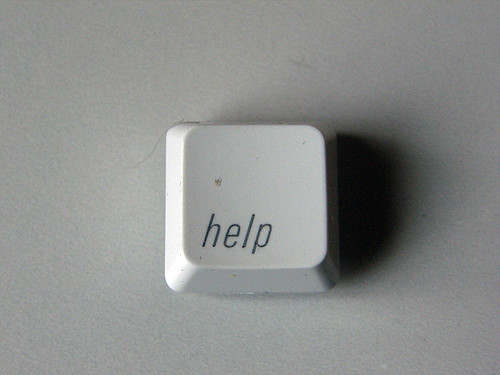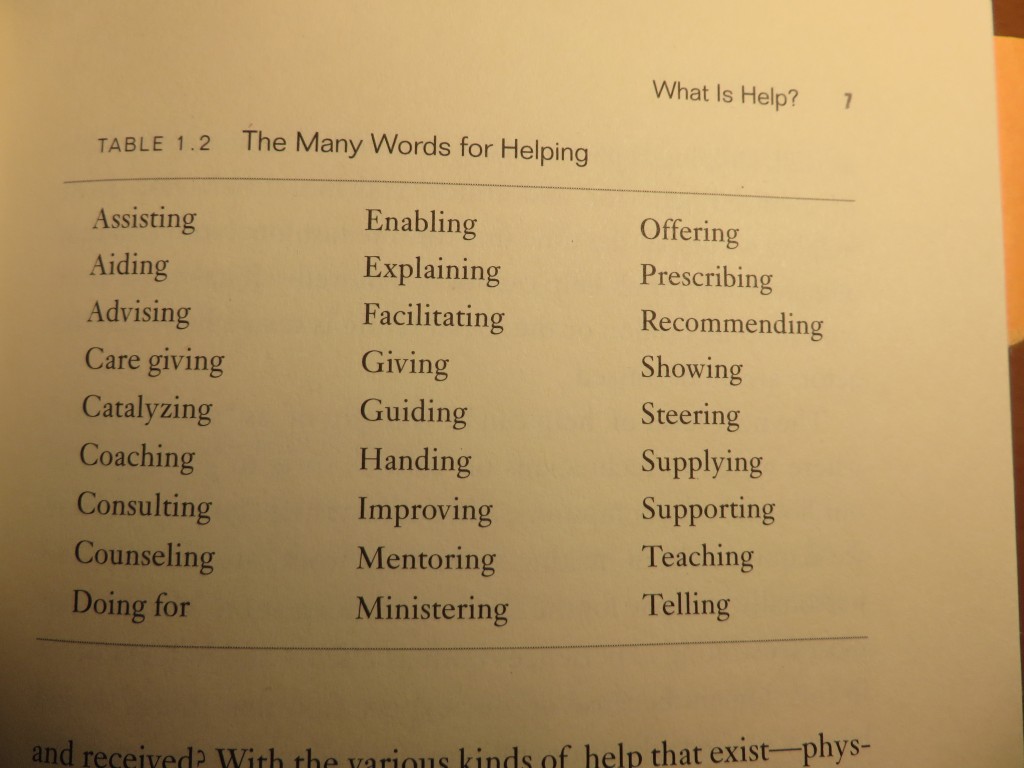I recently listened to an excellent conversation between Michael Bungay Stanier and David Stachowiak on the Coaching for Leaders podcast. The theme of the episode was “These coaching questions get results” and, at the end, Michael invited listeners to reflect on how they might use the information. I’m taking him up on the invitation.
As you might know from reading some of my previous posts, I am keenly interested in exploring the ‘helping role’ of educational developers. Michael talked about coaching as helping people learn versus teaching them. I liked that distinction. I recognize, however, that as an educational developer, I do both; yet, when in ‘coaching’ mode, I need to remind myself where to focus.
Bungay Stanier also talked about the power of questions and the importance of asking good questions (remember to wait, he reminds us). These are some questions I especially liked and will use/continue using:
- “what is on your mind?”
- I like this one because it leaves the response open and doesn’t assume the conversation is going to be focussed on topic A/problem B.
- “and what else?”
- I like this question because it allows the conversation partners to go deeper, but doesn’t assume a particular direction
And I chuckled when Bungay Stanier said :
A statement that starts with “Have you considered….?” is really just ‘advice disguised as a question’!
Yikes! That is one change I’m going to make!
Finally, he suggested incorporating the following into a coaching conversation:
- What was most valuable about our conversation?
I haven’t been using that question when I coach/help because I feel some discomfort about doing so (mainly around worrying that I’m looking for compliments). But others have used it ‘on me’ and I’ve typically appreciated the opportunity to reflect on–and solidify–what has been most useful. I’m going to try it out.


